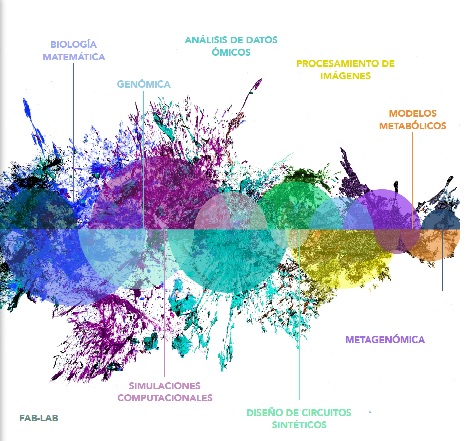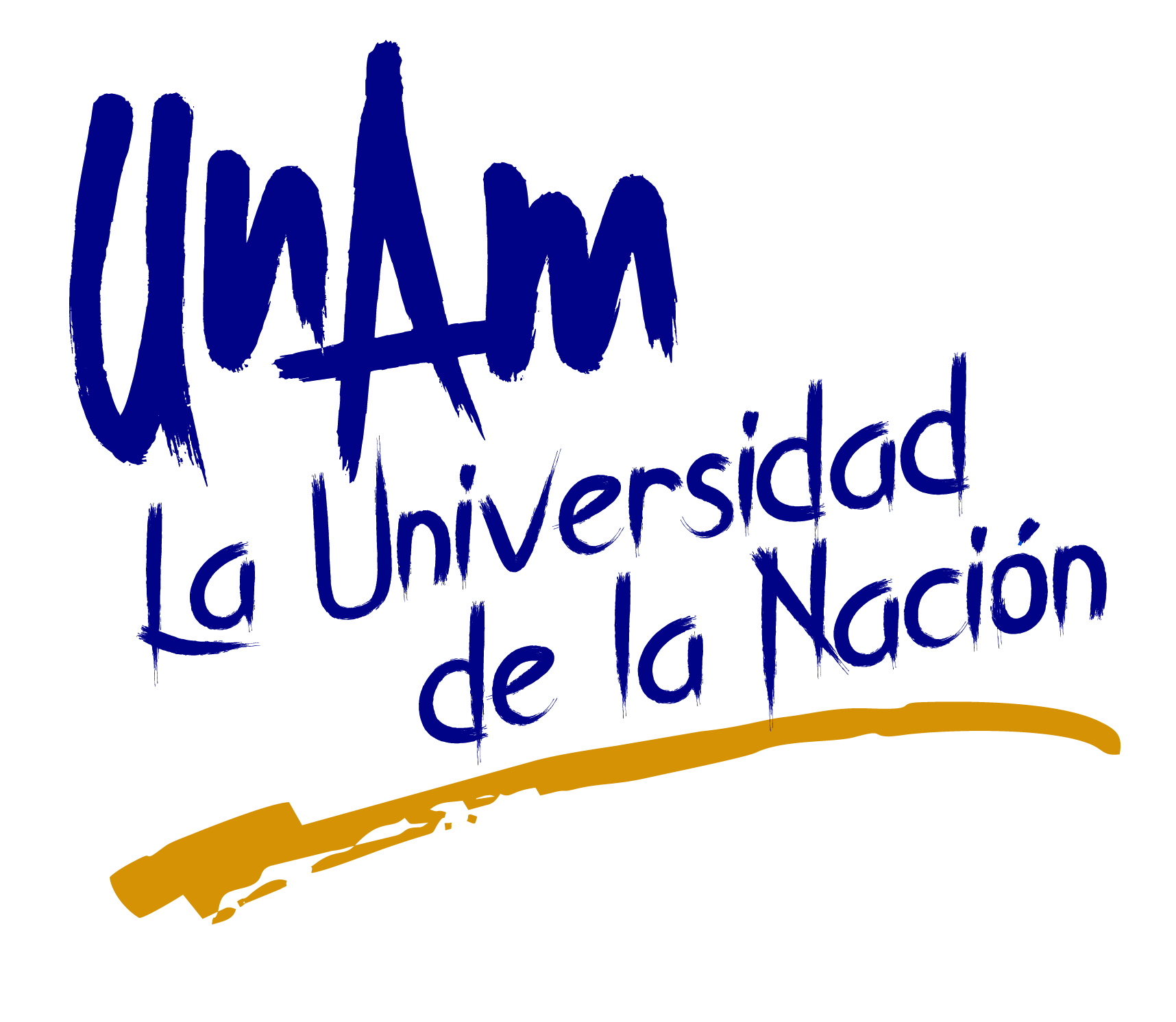Identification of plasmid-encoded genes involved...
Identification of plasmid-encoded genes involved in the adaptation of Rhizobium etli to the rhizosphere of Phaseolus vulgaris using genetic and genomic approaches.
We are looking for genes involved in the adaptation of Rhizobiumetli CFN42 to the rhizosphere of Phaseolus vulgaris.
The genome of this bacterium consists of one circular chromosome (4.3 Mb) and six plasmids (p42a–p42f) ranging in size from 184 to 640 kb. We have isolated derivatives of the parental strain cured of each plasmid as well as cured of multiple plasmids. Co-inoculation experiments on bean plants demonstrate that derivatives cured of each plasmid are significantly less competitive for root nodulation than the wild type strain. The most drastic decrease in competitivity for nodulation has been observed in a multiple plasmid-cured derivative. These data indicate that plasmid-encoded genes play an important role in the
adaptation of R. etli to the rhizosphere of bean plants.
Since the genome of this bacterium has been totally sequenced, we are
using a combination of genetics and genomics approaches to identify and characterize plasmid-encoded genes involved in the adaptation of R. etli to the rhizosphere of bean plants. These experimental strategies include:
- Complementation of plasmid-cured derivatives with a genomic library of R. etli.
- Interposon inactivation of predicted genes looked up in the genome annotation derived from the R. etli genome project.
- The use of a genome-engineering tool based on the Cre/loxP integration-excision system to delete large plasmid fragments (100 kb).
Participants : Laura Cervantes, Susana Brom, Erika López López, Alejandro García









